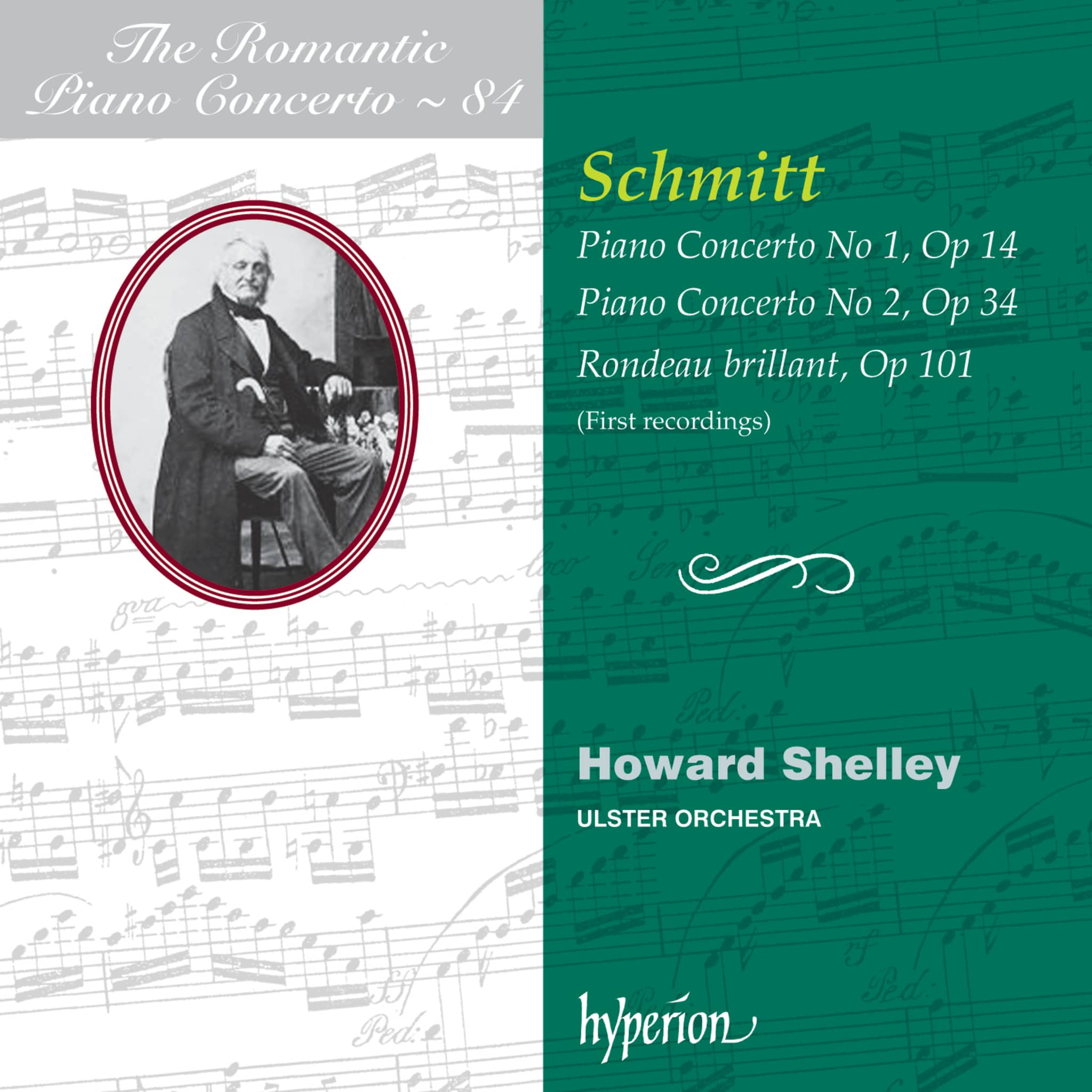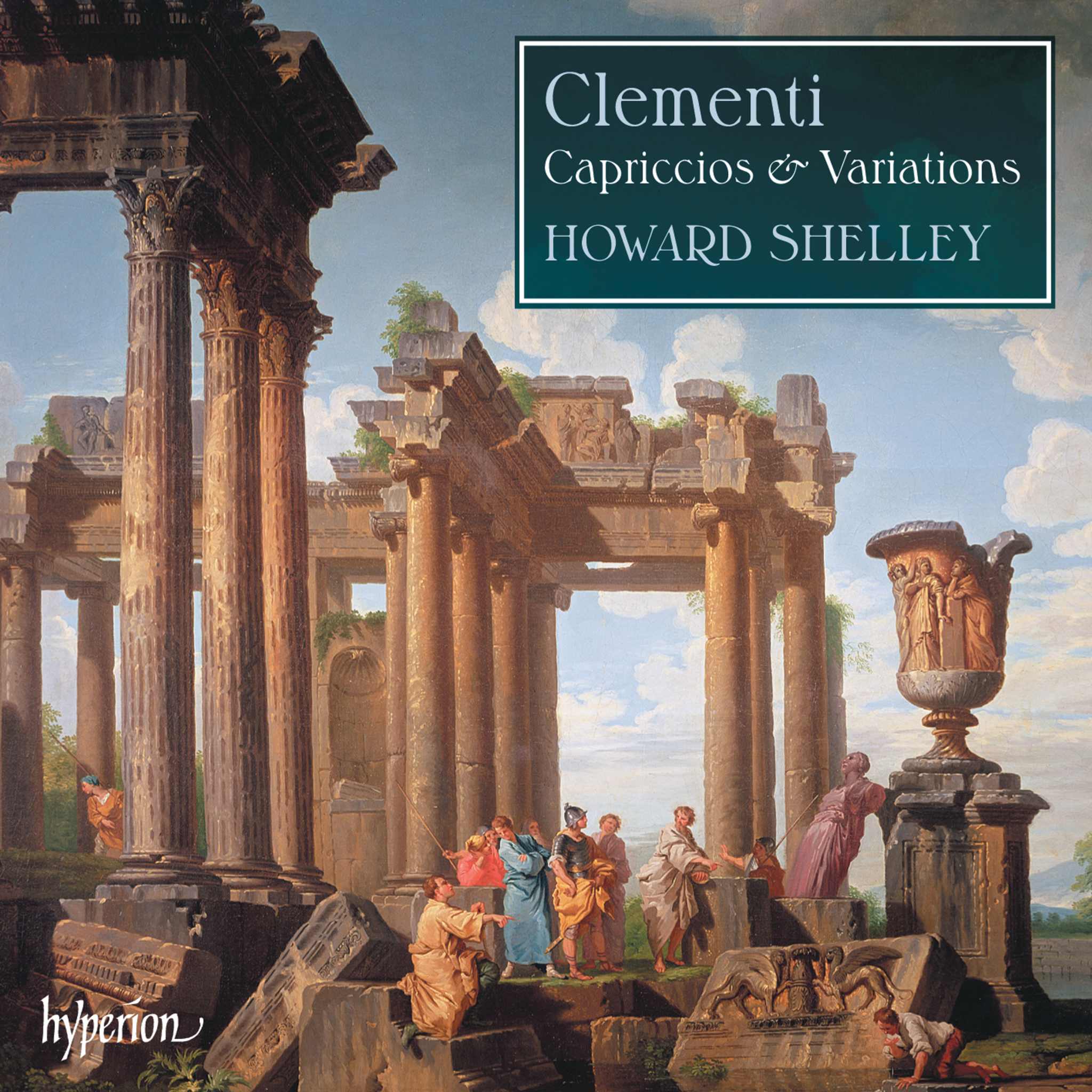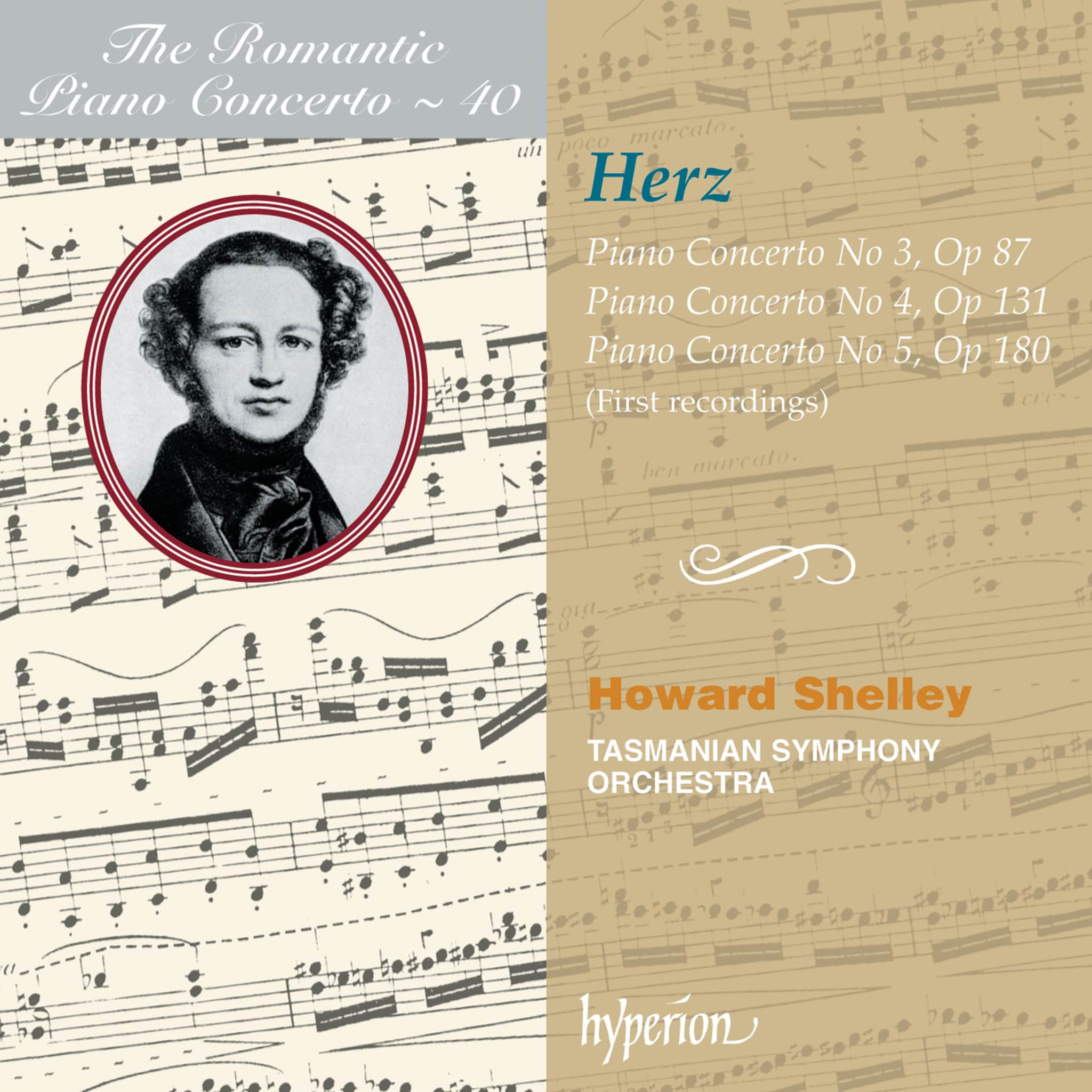Album insights
Ernst von Dohnányi, born on July 27, 1877, belonged to a trio of influential Hungarian composers of the 20th century, alongside Zoltán Kodály and Béla Bartók. While Kodály and Bartók are widely recognized, Dohnányi's posthumous fame rests on only a handful of compositions. This recording brings together three of his most beautiful chamber music works: two masterful yet contrasting piano quintets and an exceptional essay for string trio. Dohnányi's Serenade in C major for string trio, following the traditions of Mozart and Beethoven, marked a crucial turning point with its mature, national style expressed for the first time. The piano quintets, though not less refined, reflect a profound respect for Brahms, Schumann, and Mendelssohn. Renowned as a conductor and exceptionally gifted pianist, Dohnányi played a pivotal role in reviving Hungary's musical identity post-World War I and is considered one of the best Hungarian musicians of the era following Liszt.
Dohnányi received early musical training from his father, an esteemed amateur cellist in Pozsony, before pursuing formal studies in Budapest. He completed his education with distinction in 1897. Subsequently, Dohnányi's career as a touring pianist was secured after a triumphant debut in London where he performed Beethoven's Piano Concerto in G major. His Piano Quintet in C minor, Op. 1, completed four years earlier, received high praise from Brahms, who organized a performance in Vienna shortly after its premiere in Budapest in 1895.
The Piano Quintet in C minor, Op. 1 showcases technical prowess and vibrant inventiveness across its four movements. Its expressive power transcends early expectations of an Opus work. The Scherzo hints at a Bohemian "Furiant," contrasting with the trio's gentle, melodious grace reminiscent of Schubert. The Adagio exudes a melancholic Brahmsian essence, yet with Dohnányi's distinctive personal touch. The final Rondo, inspired by Hungarian motifs, stands out for its imaginative flair and meticulous structure.
In the late 19th century, Dohnányi's recognition as both a composer and concert pianist solidified through works like his First Symphony and Cello Sonata. Among these pieces, his exploration of the string trio genre stood out with the Serenade in C major, Op. 10. Despite the genre's limited popularity, the Serenade showcases Dohnányi's innovative approach in five compelling movements. His unique interpretation transcends traditional serenade styles, presenting a fresh and elegant chamber music experience.
Dohnányi's international career flourished, leading him to various roles in Europe and the United States. Despite personal challenges and political turmoil in Hungary, Dohnányi persisted in promoting Hungarian music traditions both as a composer and educator. His unwavering commitment against prejudice left a lasting impact on countless musicians, cementing his legacy as a key figure in Hungary's musical heritage.
Michael Jameson © 1996
Source: Hyperion Records Ltd








